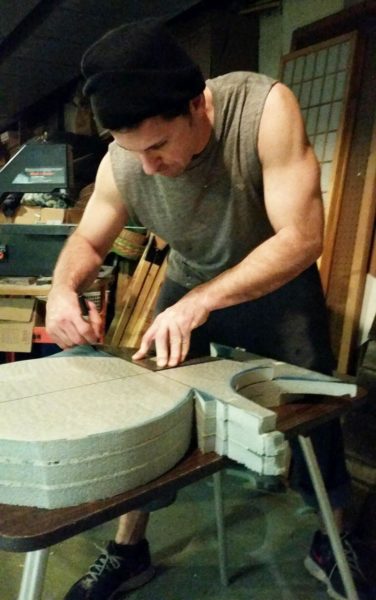
Art was always around him growing up. His mom, an artist and a teacher, was always pointing out the elements of art, finding it in cloud formations and landscapes.
He believes that “art is the pursuit of truth.”
McKowen has 25 years of professional experience working in the arts. His diverse background includes theater, film, television, print, event and exhibition. Within these mediums, he has been a designer, director, sculptor, carpenter, milliner, stitcher, painter, producer, artisan, writer and commissioned artist.
He earned a master’s degree in fine arts in scenic and costume design from New York University’s Tisch School of the Arts and a master’s degree in fine arts in film and television from Southern Methodist University’s Meadows School of the Arts. He holds a bachelor’s degree in fine arts from West Virginia University and completed additional training in painting and illustration from Parson’s School of Design and the School of Visual Arts in New York City.
His work has been seen at the Goodspeed Opera, PBS, The Queen Mary’s Dark Harbor, The Eclipse Theater Company, The Texas Shakespeare Festival, The Dallas Shakespeare Festival, The Jean Cocteau Repertory Theater, The Sierra Repertory Theater and numbers independent and corporate films, music videos and commercials.
He’s a certified yoga instructor, has participated in hat fittings with Chita Rivera, Antonio Banderas and Hugh Jackman, and he doesn’t drink coffee.
Here’s what Michael answered when WEEasked:
How are you attempting to bring art to the masses, and why is that important? For that matter, why is art important?
Why is art important? There are so many ways that I can respond to this question.
- Art is the pursuit of truth. Art is a moment of human experience that is captured through various mediums. Art does not discriminate. Art does not exclude anyone based on race, gender, sexual orientation, religious belief, social or economic status. Any voice is given an opportunity to be heard.
- Art broadens each individual’s vision of the world and life. It provides the opportunity to experience the experiences of other human beings. If people can see and understand another point of view, it makes it much more difficult to hate.
- Art teaches us creative problem solving and abstract thought — that applies to any and every aspect of life.
- Art is the way a society sees itself and the way it wants to be seen.
How am I attempting to bring art to the masses? In a broad view, by providing opportunities for people to gather and experience a variety of sensations. I try to make it accessible and diverse. It is important to provide opportunities for artist from our community to share their work. It is equally important to bring the work of artists from outside of the community to Wheeling.
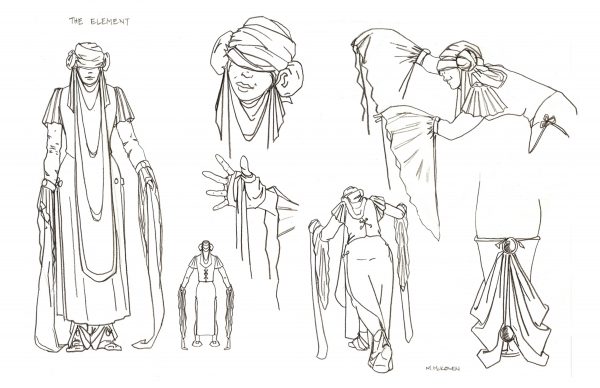
Your bio certainly shows your artistic diversity! Do you have a favorite experience or career highlight?
It is extremely difficult to identify a favorite experience from my career. All of the experiences were very different. The variety of the work is probably what attracted me to a career in the arts and what has kept me in the arts. I have been fortunate to work with a lot of inspiring people.
It was a great experience to work with Rodney Gordon [a theatrical milliner] in NYC. It was fascinating to build and deliver hats to Broadway theaters. I participated in fittings with Chita Rivera, Antonio Banderas and Hugh Jackman.
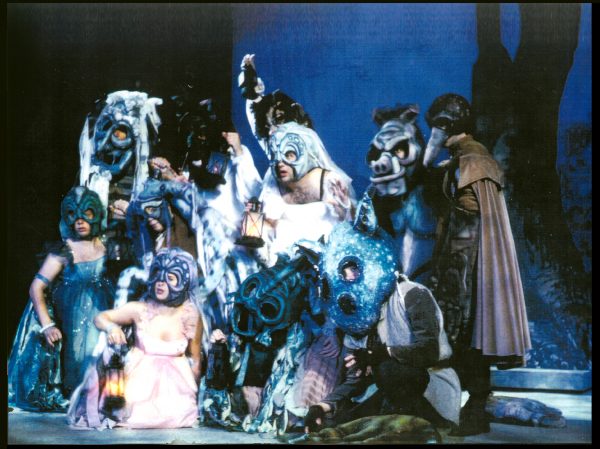
It was an incredible learning experience working in film, theater and events across the country. There were a lot of really bad situations that were a lot of fun. I was working on a film in Virginia, and the production went under, and we had to run to our hotel rooms and grab our stuff before they locked us out. The production had not paid the bills for months. I threw my clothes in my suitcase, and I was taken directly to the train station. I worked on a film in Georgia, and we hired a homeless guy to help me build the sets.
Having the opportunity to teach on both a high school and university level has been an incredible experience. It has taught me so much about myself, art and life.
The artist in residency that I did at Magnolia High School was a life-changing experience. It was the first time that I had really felt the true value of the arts. It allowed me to make a positive contribution to the developed of the students as human beings.
My time with Oglebay Istitute’s Stifel Fine Arts Center and the Towngate Theatre has been very rewarding. I am enjoying being a part of the Wheeling community, and I will hopefully have the opportunity to continue to contribute and enjoy being in Wheeling.
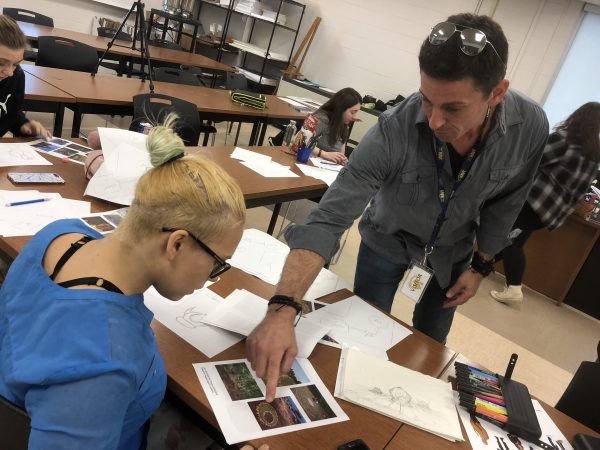
You come from an artistic family. How did that influence your career path?
I don’t think I had a choice. I am kidding when I say that, but the arts were constantly around me. I can’t remember not feeling the influence of art in my life. My mother is the greatest artistic influence in my life. She was always showing me the world around us and teaching me how to “see” it. She would teach me the elements of art as we examined cloud formations or landscapes.
The arts were valued among everyone I was exposed to growing up.
Every birthday or Christmas, I always received some arts-related gift. Markers, pencils, books, etc. One of my favorite gifts came from my parents’ friends Pauline and Wally Evans. They gave me a bucket filled with more than a dozen types of tape. As a child, I was always making things and modifying the toys I had.
Both my mother and my sister have worked as artists and teachers in the arts. I have always appreciated teachers and I recognize the incredible impact a teacher can have on the world.
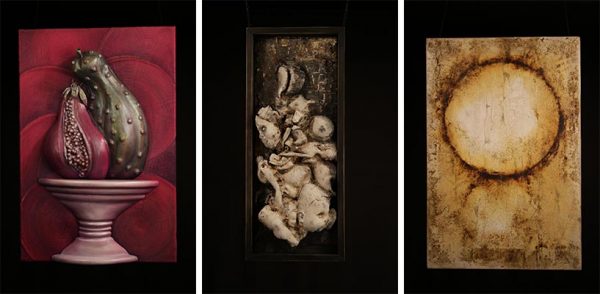
What’s your favorite Wheeling neighborhood and why?
It is hard for me to separate the neighborhoods from the whole of Wheeling. They all bring different qualities to the city. It is very intriguing to watch the neighborhoods develop and change. It is great to see the development of the Center Market area and the rise of independent businesses and cultural events. Elm Grove is gaining moment and growing in what it offers residents and visitors. I think the East Wheeling area is moving in a direction that could be very interesting and it is very early in the development of this area.
Where do you take out-of-town visitors?
As the curator at the Stifel Fine Arts Center, I am regularly welcoming artists and jurors to Wheeling. We will almost always do a walk through Center Market and a tour of the Towngate Theatre followed by a meal. The place that I take a lot of people is the Alpha. The out-of-towners have always really enjoyed it, and they also enjoy the Brew Keepers beverages. We often visit Later Alligator, Vagabond Kitchen and the Glassworks Grill in Wilson Lodge at Oglebay Park.
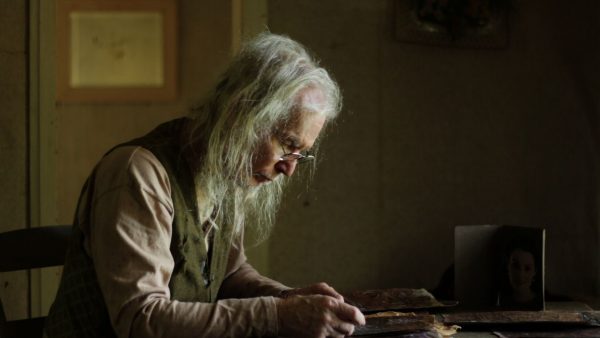
Tell us something that would surprise Weelunk readers about you?
I do not drink coffee, and I think that, arguably, the greatest rock and roll song of all time is Lou Reed’s “Sweet Jane.”
What is your wish for Wheeling?
I hope Wheeling continues on what feels like a path of cultural growth and revitalization.
Wheeling is very important to the region. It is a cultural hub for the upper Ohio Valley. The Ohio Valley has changed drastically over the past decade. Up and down both sides of the Ohio River, communities are losing their identities. The industry that once brought people to the valley to plant their roots and raise families is gone. The opportunities for people in these towns to experience the arts and be affected by the arts has dwindled. Wheeling remains a place where people can visit and experience a wide range of cultural experiences. I want Wheeling to continue to grow in its appeal for people to visit the city. I would like to see more artists and businesses drawn to and developed within Wheeling.


